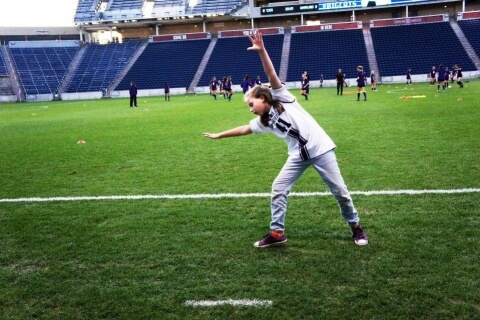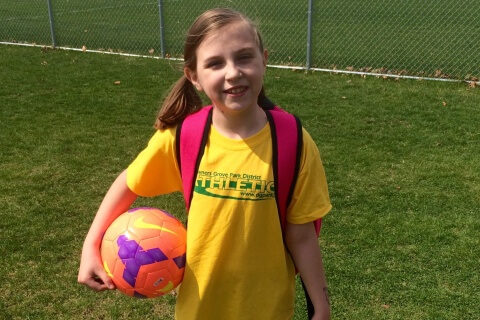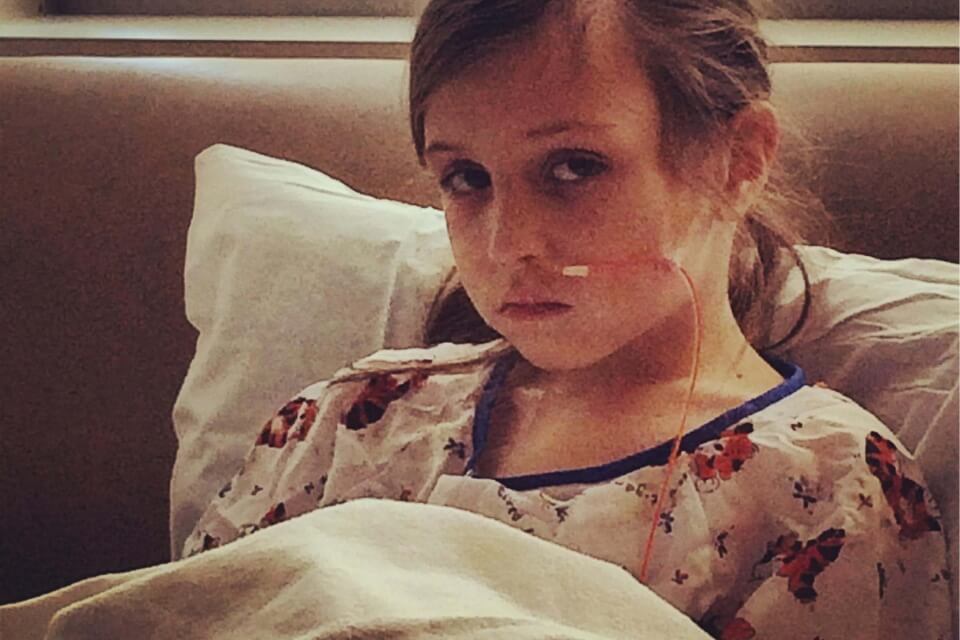Necia Munro shares her journey with her daughter, Hallie
Necia Munro: When Hallie was born and her doctor told me she was just a “little peanut”, I knew instinctively that something was wrong. It took us many years before we learned just how wrong things really were. She was inconsolable after birth and when they took her back to the nursery, she started throwing up green bile. Within a few hours, she was being transferred by ambulance to the children’s hospital, where she underwent surgery the next day. The tests showed she had a bowel obstruction but once the surgeon got in there, he found that she had what amounted to a stroke to her intestines in utero. Her bowels had completely separated. Her small intestine end had sealed off and as she kept drinking the amniotic fluid, ballooned out. Her large intestine end lost blood supply and withered up and died. They ended up removing half of both her small and large intestines. She spent a month in the NICU recovering and for her bowels to figure out how to work again. We went home, hopeful that the worst was behind us.
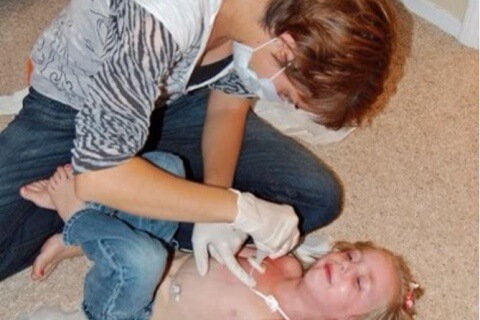
A bout of RSV landed her in the hospital about a month later and then a few weeks after she came home, her bowels obstructed again, leading to another resection. While we were in the hospital this time, we met with a cardiologist to discuss a murmur they had found. The echo showed she had 5 unique heart defects, and based on these she was diagnosed with polysplenia. I remember walking back to her room, asking her nurses what polysplenia was and how many spleens did she really have. If one spleen is good, wouldn’t multiple be better? How could problems with the heart have anything to do with the spleen? And what did all of this really mean for my daughter? No one seemed to be able to tell me much and the few things I found on the internet terrified me. I quickly learned that it was more than just having multiple spleens. It was an entire syndrome. Instead of a definite right and left side in terms of her organs, Hallie formed with two left sides, which caused her heart defects, multiple spleens, and intestinal problems. I also learned that even though she had multiple spleens, the likelihood of them working was small. Your spleen plays a vital part of your immune system, especially as a baby, which meant that she would be susceptible to bacterial illnesses.
We spent two days at home before Hallie obstructed again. After much deliberation, we made the decision to put her on total parenteral nutrition (TPN or IV nutrition) to allow her time to heal before attempting surgery again. She made it 6 weeks at home on this before she got a blood infection and went septic. When we finally got that cleared up, Hallie had a fairly new surgery to lengthen her bowels. It was fairly experimental but finally got her bowels to function regularly.
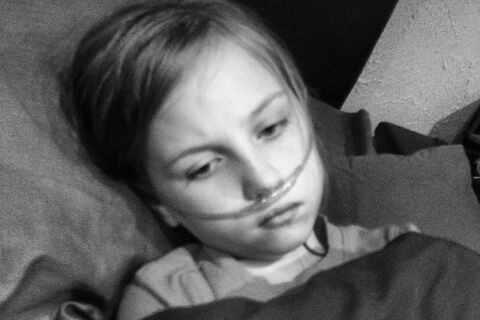
Halie’s first year of life was fraught with surgeries, infections, viruses, and more time at the hospital than I want remember. Through it all, I wondered if there was anyone that had been through something similar. It seemed like doctors didn’t believe me when I told them her immune system was compromised. They didn’t read the research that showed me daughter was not likely to survive. Her surgeon had explored her organs during her bowel lengthening surgery and he found 5 spleens, as well as an annular pancreas, and midline liver. It seemed that there were so many things wrong with her and no one really knew how it all happened or what to do with her.
At the age of 3, we were living in Reno, NV. Hallie started to have problems with her bowels again. The small hospital in Reno had no idea what to do with her so I took her back to Salt Lake, where it was found that she had a partial obstruction and she underwent another bowel resection. Influenza, pneumonia, and rotavirus complicated her recovery greatly. She spent months in the hospital. We took her home and were only there for a few days before she obstructed again and had to be life-flighted back to Salt Lake. This began several years of trying to keep her bowels functioning. We sought out doctors at Stanford and Cincinnati. She had first a feeding tube placed and then was placed back on TPN to give her bowels a rest. She also battled blood infections, and pneumonia, as well as developed asthma and migraines that wouldn’t respond to conventional treatments.
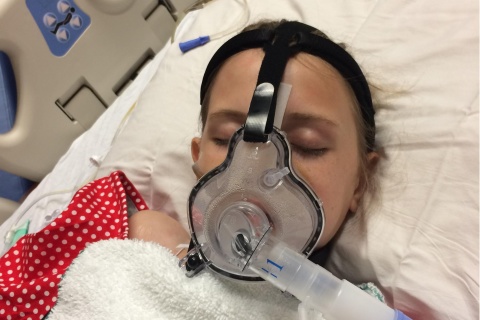
Just before Hallie’s 5th birthday, my husband was transferred to Chicago. They had many options for children’s hospitals and doctors to choose from. Our first year there, diagnoses were thrown at us with alarming speed. The biggest being that she had Heterotaxy Syndrome. Polysplenia is just a smaller part under the Heterotaxy umbrella. As I learned more about it, Heterotaxy explained many of her quirks. I began connecting with others that had the Heterotaxy diagnosis. Many were lost along the way, many with severe congenital heart defects. Hallie was so blessed that her heart defects are fairly mild. I learned that often Heterotaxy is caused by Primary Ciliary Dyskinesia (PCD), which is in the same family as Cystic Fibrosis. We traveled to doctors that studied Heterotaxy and they agreed that Hallie’s atypical asthma, chronic ear and sinus infections, as well as frequent pneumonias were indications that Hallie did have PCD. She was also diagnosed with a tethered spinal cord and cervical spine anomalies. She underwent surgery to release her tethered cord. She also was diagnosed with juvenile idiopathic arthritis.
The next year was just a rough, with another bout of sepsis, pneumonia, a fundopolication on her stomach to prevent reflux, and more bowel obstructions. She started to struggle with PTSD and anxiety. She lost the blood supply to her spleens and lost them. Ironically, once they put her on prophylactic antibiotics, she started to improve. She no longer caught every illness that came around. She was much more able to fight off the smaller infections, no longer having to focus on the bigger bacteria.
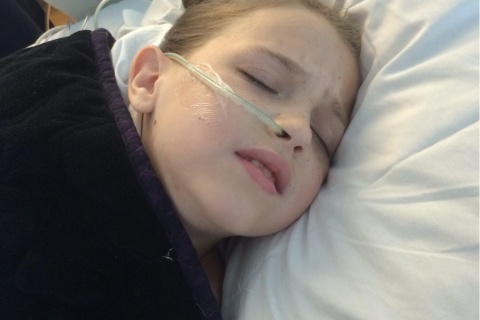
It was a good thing she started gaining straight because when she was 6, she started having massive GI bleeds. Further hospitalizations and tests found that she had an ulcer at the point where her bowels were reconnected. We fought to keep her blood counts up and treat the ulcer for almost 2 years before our only option was to remove it. At the age of 8, Hallie underwent her 5th bowel surgery where they removed 2 ulcers. Her bowels have functioned so much better and Hallie has gained over 40 lbs since this surgery. It’s amazing what can happen what a body gets the right nutrition.
As she recovered from this surgery, problems that had been attributed from her ongoing bleeding, were still prevalent. It was like peeling back layers of an onion to find the true cause. Hallie was diagnosed with Postural orthostatic tachycardia syndrome (POTS). It is an autoimmune disorder where she struggles to regulate her heart rate and blood pressure when changing positions. It causes headaches, dizziness, rapid heart rate, and lethargy. 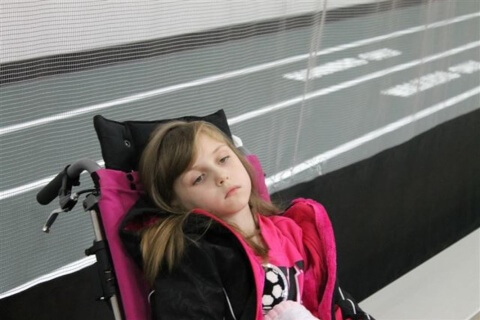
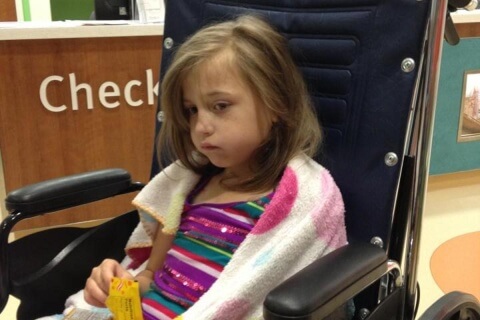
We recently moved home to Utah. Transferring Hallie’s care was overwhelming and nerve wracking. But thanks to the special needs community here, we have connected with amazing doctors that are helping us to continue unravel the mystery of our daughter. They’ve discovered that her POTS is actually caused by too much adrenaline. It’s called Hyperadrenergic POTS Now we are working on treating the cause, not just the symptoms. Hallie also has Mast Cell Activation Disorder.
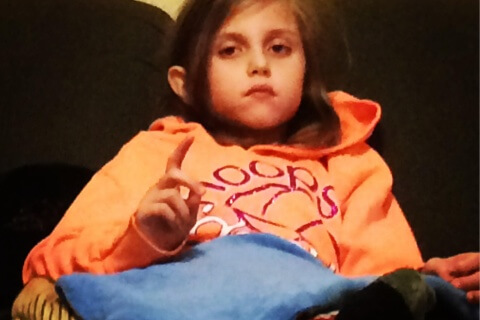
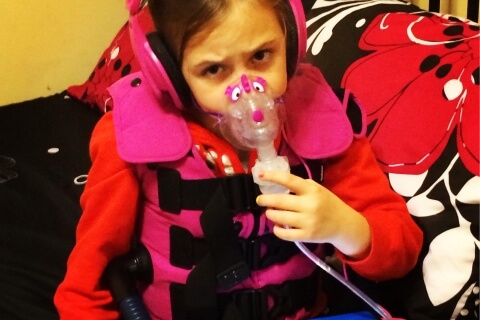
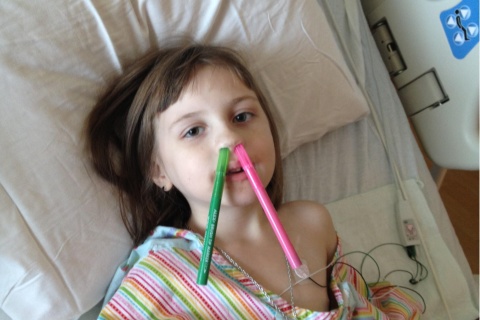
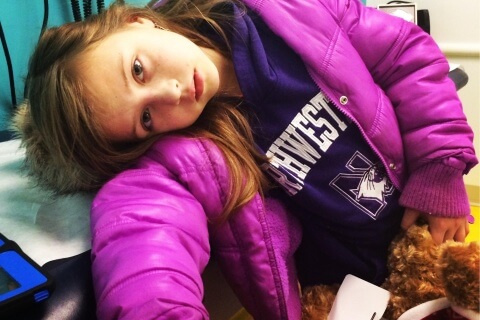 She has “allergic reactions” to many narcotics, anesthesia, and adhesives her whole life. However they aren’t true allergies, rather mast cell reactions. Hospital stays and surgeries have always been challenging with her continual reactions, but we are hopeful that with this new information, we will be able to get better control.
She has “allergic reactions” to many narcotics, anesthesia, and adhesives her whole life. However they aren’t true allergies, rather mast cell reactions. Hospital stays and surgeries have always been challenging with her continual reactions, but we are hopeful that with this new information, we will be able to get better control.
Even though Hallie’s life revolves around her medical problems, she never ceases to amaze me with her resiliency and her determination to find joy. She is in pain almost daily but she rarely lets it stop her. She has played basketball and soccer, taken art lessons, participated in talent shows, and so much more. She teaches me daily what is important in life and what is worth fighting for.
